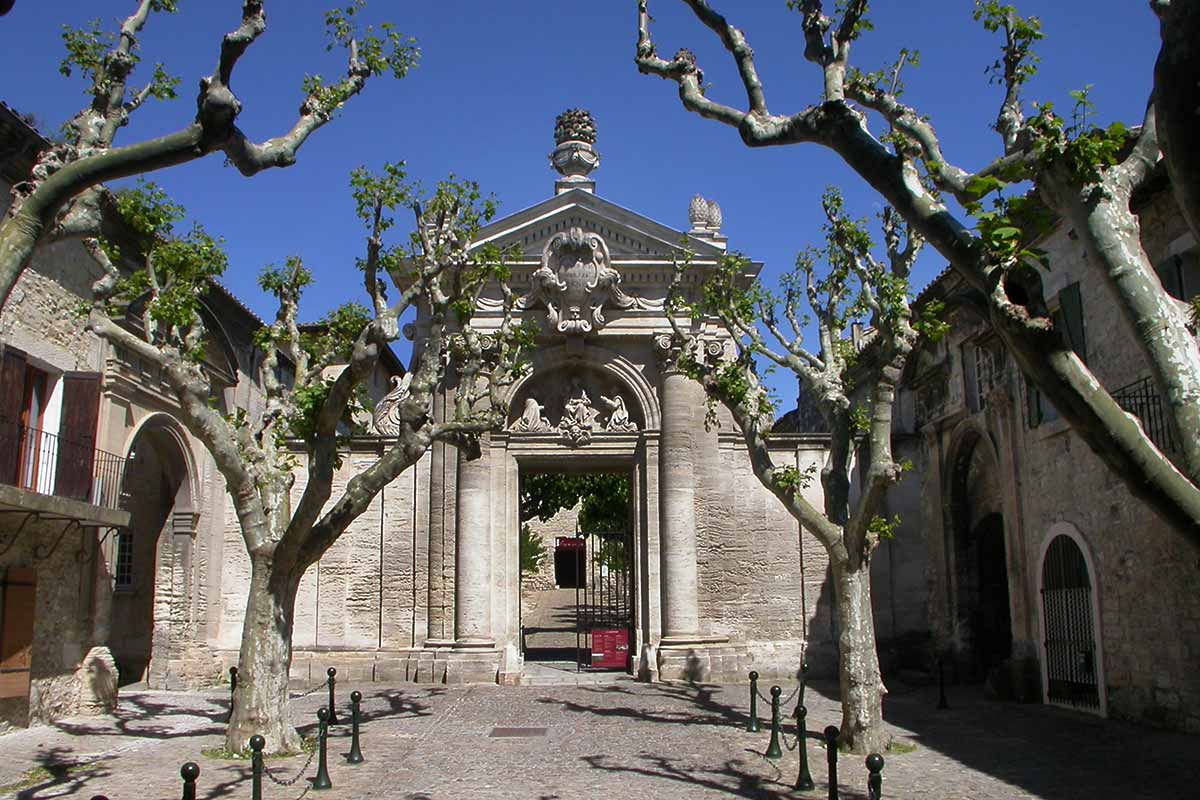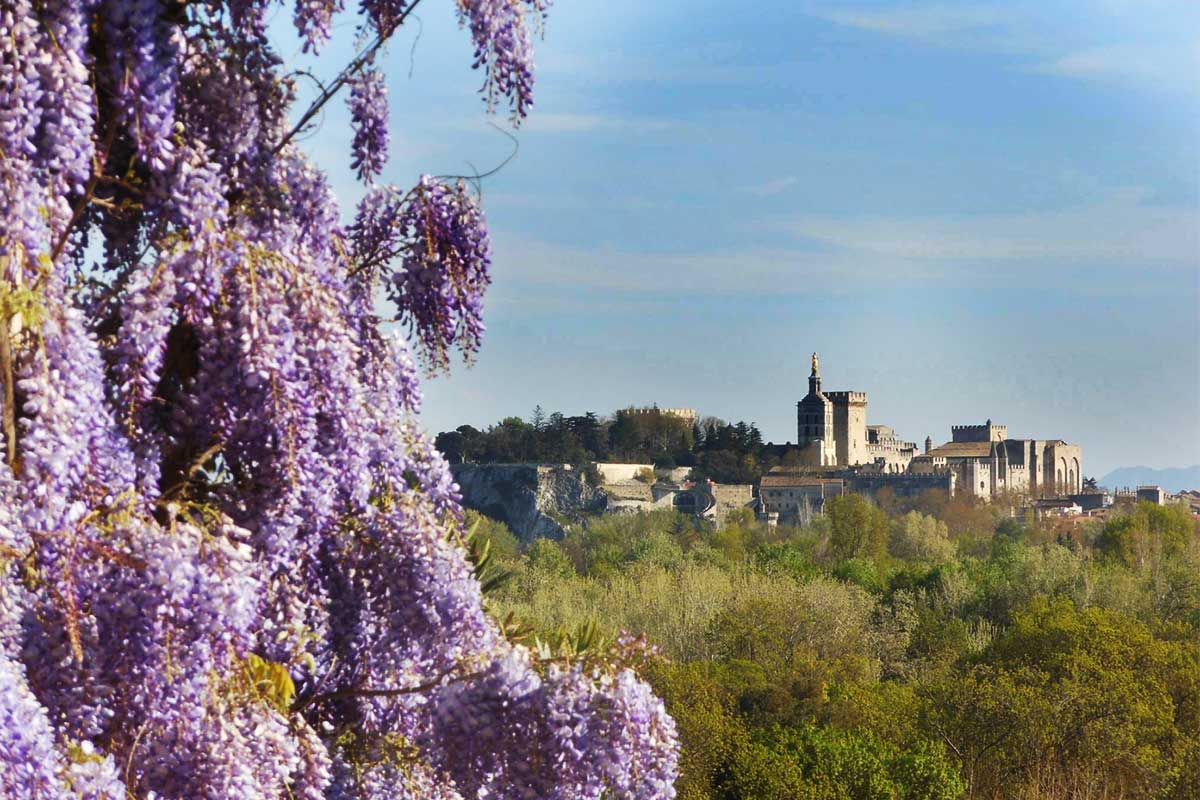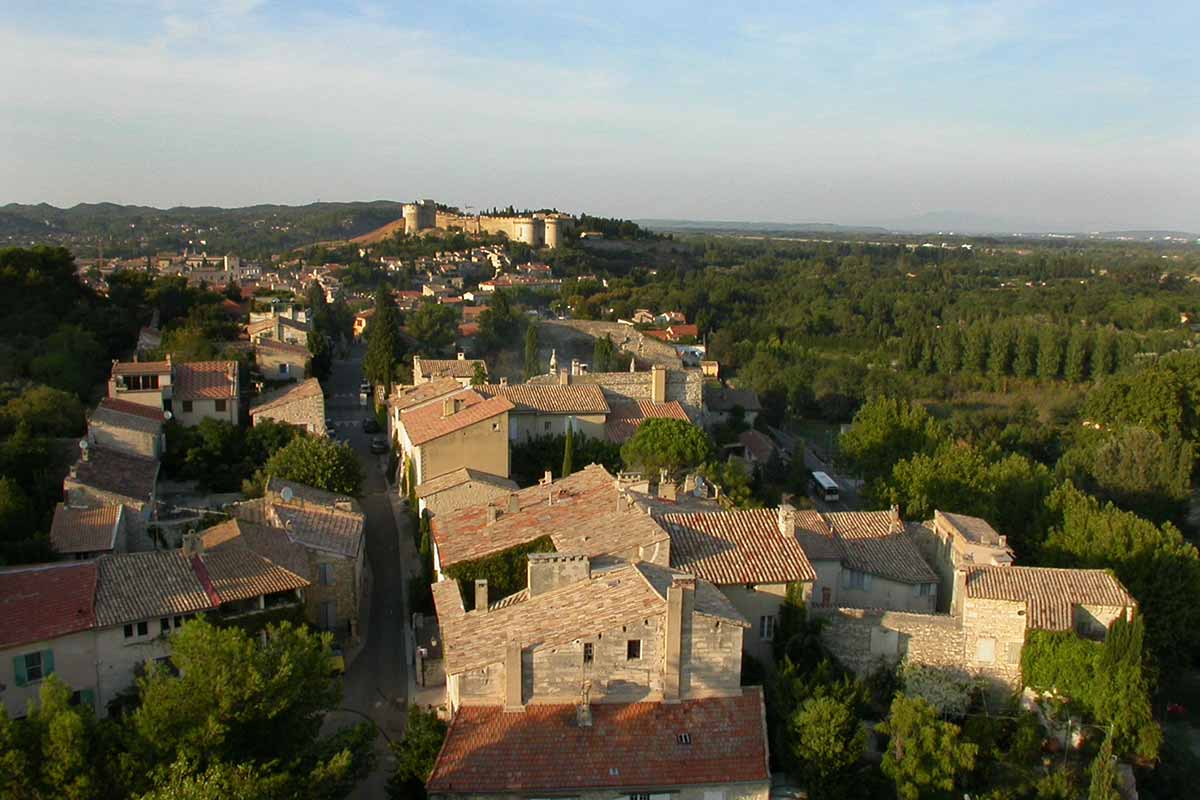
Villeneuve-lès-Avignon
Villeneuve-lĂšs-Avignon is located on the right bank of the RhĂŽne in the Gard department. Villeneuve is close to Avignon - "lĂšs" means "close to" in Old French. Villeneuve and Avignon are separated by the two arms of the RhĂŽne and Ăle de la Barthelasse.
The Rhone that connects them is also a border. Today Villeneuve-lÚs-Avignon and Avignon are located in two separate departments (Gard and Vaucluse), in two different regions (Provence and Occitanie). In the Middle Ages, Avignon and the left bank of the river and Provence was " Terre d'Empire " (Land of the St Empire), under the very distant authority of the Emperor of the Holy Roman Empire, then Avignon and the Comtat Venaissin were territory of the Pope until the Revolution, while the suzerain of Villeneuve remained the king of France. Villeneuve-lÚs-Avignon has a rich heritage and its own personality which is well worth crossing the RhÎne to discover. Old Villeneuve has kept the charm of a Provençal village, with peaceful alleys and walls patinated by time, where time seems to pass more slowly.

History of Villeneuve-lĂšs-Avignon
An imposing fortress surrounds the summit of Mount Andaon, a beautiful hill that overlooks the old town: it is Fort Saint André. This fortress was built by the King of France to protect the Abbey of Saint André, which was at the origin of the city in the 10th century, and the adjoining village. The village, then called Saint André, developed rapidly and prospered, taking advantage of the wealth generated by the Saint Bénézet bridge built by the people of Avignon. The King of France perceived the strategic interest of this place, he granted his protection to Villeneuve, and in addition to the Fort, he deceided to build the Tour Philippe-le-Bel to control access to the bridge.
The Pope's and his court's lasting stay in Avignon profoundly changed Villeneuve's appearance. The Cardinals, princes of the Church, were cramped in the papal city, they built accommodation in Villeneuve, palaces called "Livrées cardinalices". There are about fifteen of them in Villeneuve, so that in the 14th century, Villeneuve was a sort of palace allotment. The Cardinal's Deliveries were abandoned after the departure of the Pope and his court, they were modified, dismembered and integrated into subsequent dwellings. But it is still possible to find their still visible traces of this urban heritage by walking around the old Villeneuve.
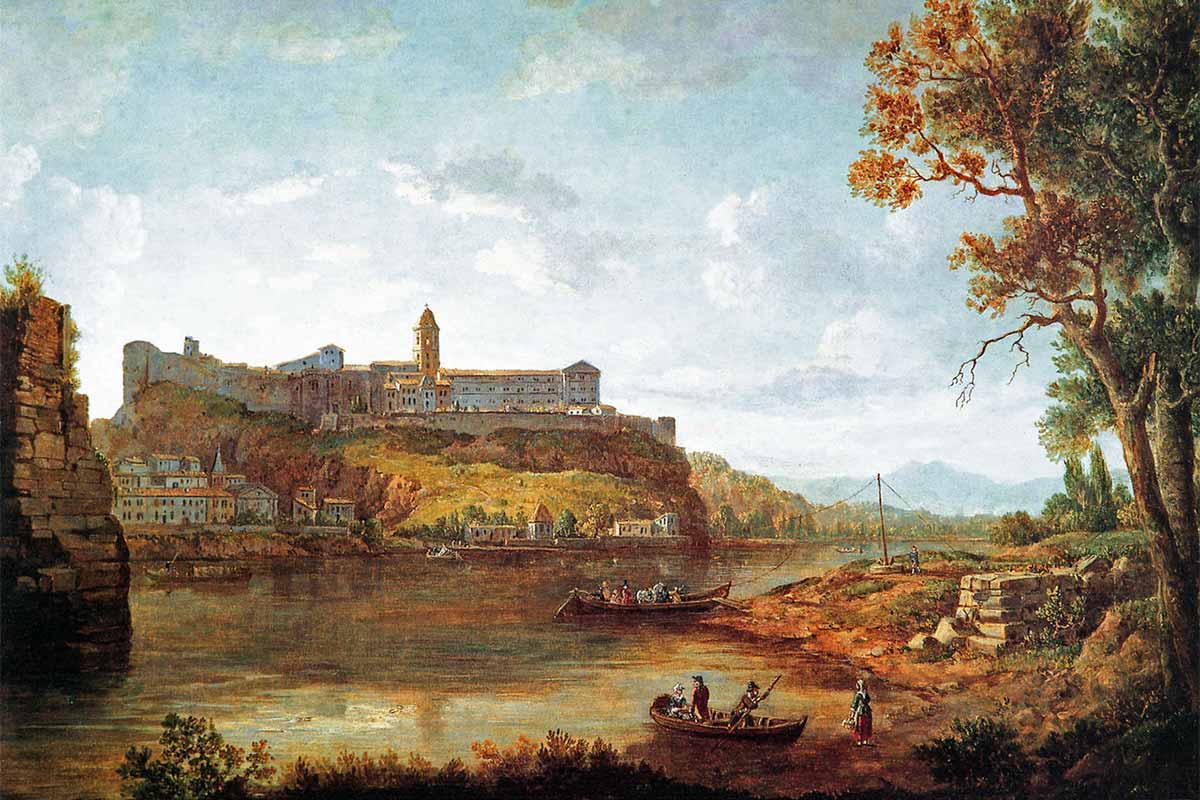
Church Notre-Dame of Villeneuve-les-Avignon
The church of Villeneuve was built by Cardinal Arnaud de Via, Cardinal of Avignon and nephew of the pope John XXII. It was contiguous to the Livrée he had built and he intended it to receive his burial. A cloister was later added on its northern side. It is rich in paintings and works of art, including a painting by Saint-Bruno attributed to Nicolas Mignard.
Philippe-le-Bel Tower
The Philipe-le-Bel Tower stands proudly, firmly anchored on a rock near the RhĂŽne. 39 metres high and it kept access to the Saint Bénézet bridge. The King of France Philippe-le-Bel ordered its construction in 1293 with a set of fortifications that have now disappeared. The king wanted to display Villeneuve's belonging to the Kingdom of France and monitor the expansionist tendencies of the rich and enterprising Commune d'Avignon.
The Philippe-le-Bel Tower has three floors. The top floor was added in 1360 in response to the pressing incursions of the Great Companies. From the terrace at the top of the Tower the panorama is splendid, the Rhone encloses with its two arms an island of the green Barthelasse. The powerful Papespalais stands out clearly above the roofs and bell towers of Avignon. Further away the view is limited only by the Mont Ventoux, the Dentelles de Montmirail, and the Alpilles massif
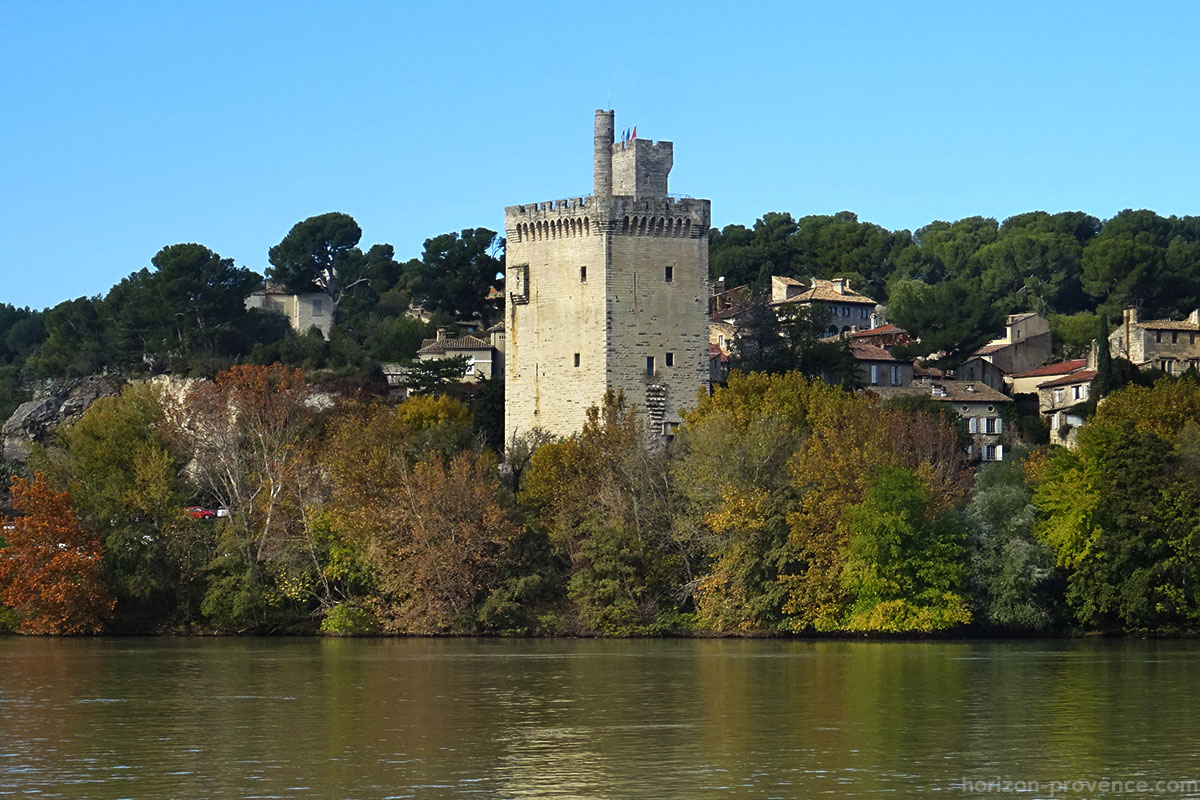
Pierre-de-Luxembourg Museum
A visit to the Pierre de Luxembourg Museum is the ideal complement to a visit to the Carthusian monastery. The works of art that survived the revolutionary turmoil and the ruin of the monastery are preserved in this former cardinal's livery, transformed in the 17th century into a private mansion. These works give a good idea of the richness and decoration of the Chartreuse du Val de Bénédiction at the time of its prosperity.
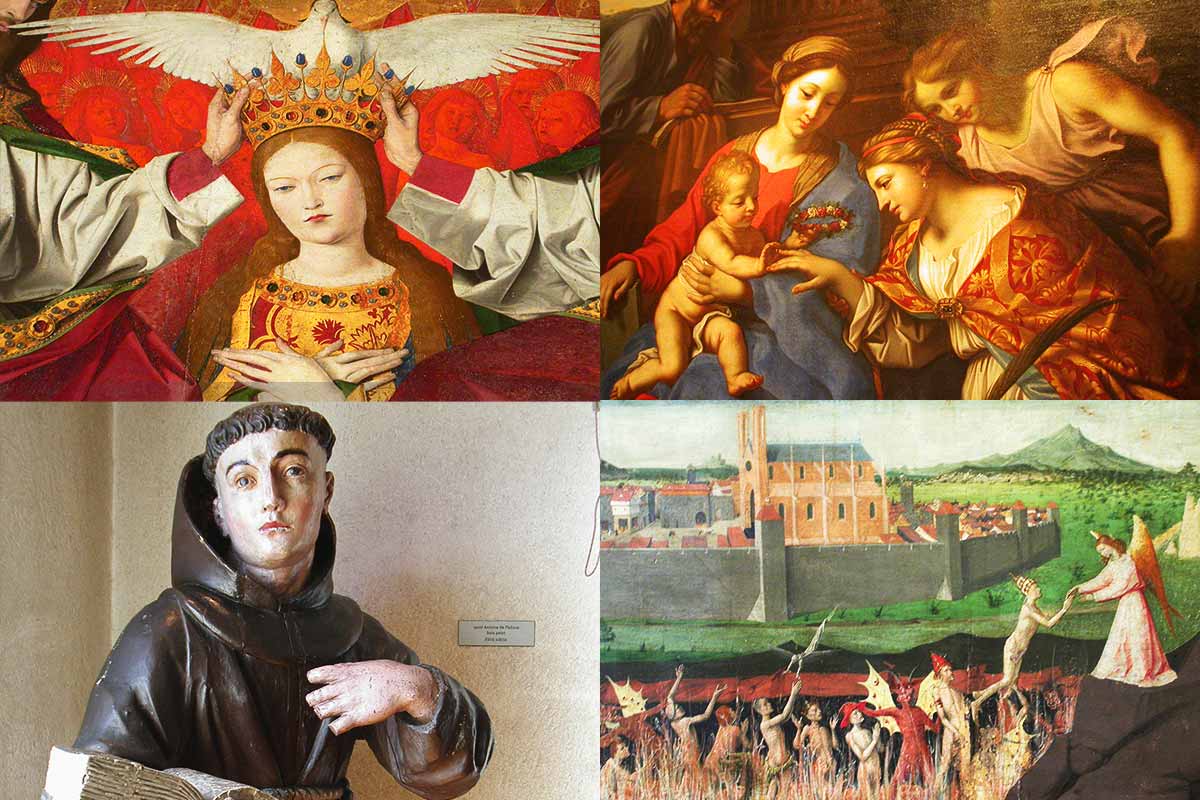
The Musée Pierre de Luxembourg houses a 15th century masterpiece: "Le Couronnement de la Vierge" by Enguerrand Quarton. It is a large altarpiece (it was placed behind the altar). The "order form" was found, which precisely details the elements of the table. The Virgin crowned by the Father and the Son, and the Holy Spirit (in the form of a dove) are the central characters, surrounded by the angels and dignitaries of the Church. Below, the Terrestrial Kingdom with the cities of Rome and Jerusalem and finally below the underworld abound with fascinating details.
The Chartreuse du Val de Bénédiction à Villeneuve-lÚs-Avignon
Villeneuve-lès-Avignon abrite la plus grande Charteuse de France (au superficie au moins). Fondée par le pape d'Avignon Innocent VI en 1356, la Chartreuse du Val de Bénédiction se développe et s'agrandit au fil du temps, elle atteint l'apogée de sa prospérité aux 17ème et 18ème siècles. Largement plus d'une centaine de personnes habitaient alors dans le monastère, incluant moines et personnel domestiques. La Chartreuse recelait de nombreuses richesses en œuvres d'art, mobilier et une bibliothèque de livres rares. La plupart de ces trésors furent dispersés, perdus ou détruits pendant la Révolution. Quelques-uns furent sauvés et se trouvent dans le musée Pierre de Luxembourg. Les bâtiments furent démembrés et revendus, et vite détériorés.
Villeneuve-lÚs-Avignon is home to the largest charterer in France (at least in terms of area). Founded by Pope Innocent VI in 1356, the Chartreuse du Val de Bénédiction developed and expanded over time, reaching the height of its prosperity in the 17th and 18th centuries. Well over a hundred people lived in the monastery at the time, including monks and domestic staff. The Chartreuse housed many treasures in works of art, furniture and a library of rare books. Most of these treasures were scattered, lost or destroyed during the Revolution. Some of them were saved and can be found in the Pierre de Luxembourg Museum. The buildings were dismembered and resold, and quickly deteriorated.
Much effort was made to restore the monastery and they were worth it. A magnificent Baroque portal and a mulberry tree path lead to the entrance to the monument. The Charterhouse is organized around three cloisters. The nave of the church has collapsed, it opens towards Fort Saint André. The mausoleum of Pope Innocent VI miraculously survived the vicissitudes of history. In the chapel, some frescoes by Matteo Giovanetti, who also decorated the Palace of the Popes, have also been preserved. In the centre of the Saint-Jean cloister, a pretty rotunda houses a basin that is no longer in use today.
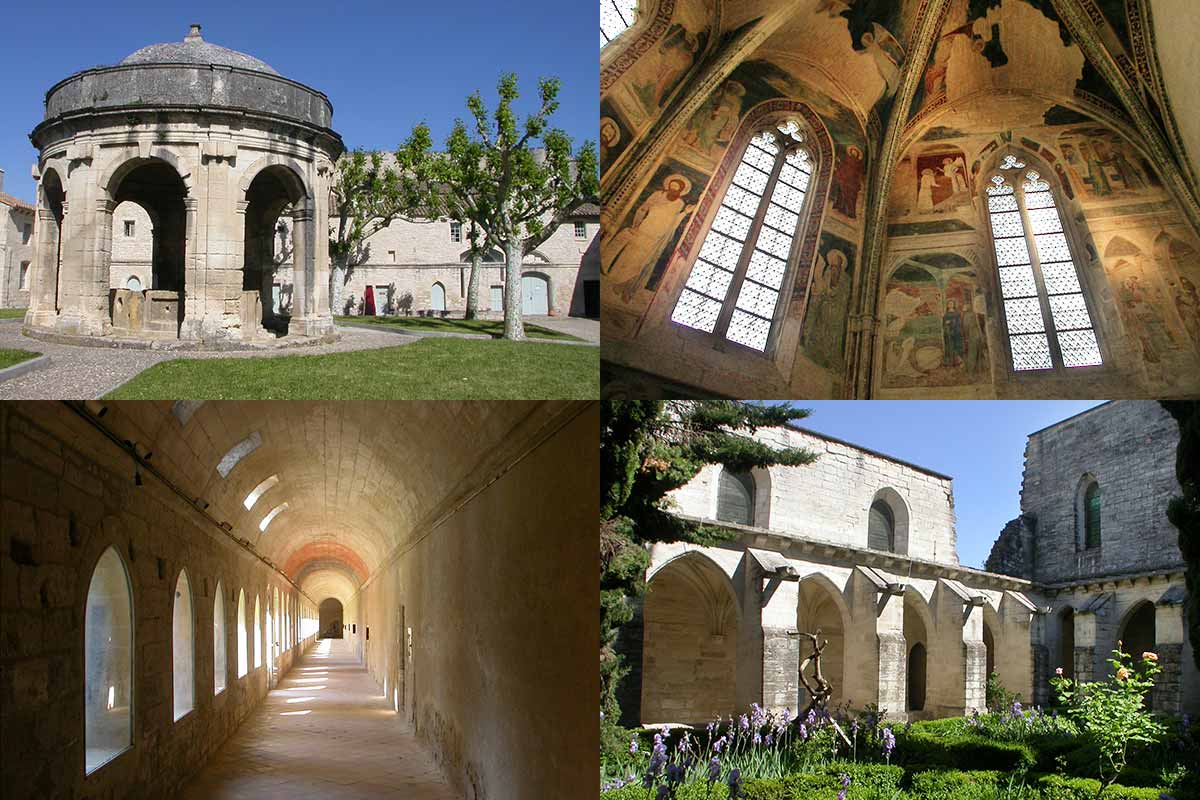
Today, La Chartreuse is home to the Centre National des Ăcritures du Spectacle, which welcomes artists, companies and promotes the contemporary performing arts. It is a venue for the Avignon Festival during the month of July.
Park of the Mourgues hill
It is a privileged place to walk in Villeneuve, a wooded park planted with pines, oaks and Mediterranean species, covering an area of almost 8 hectares on the hill behind the Philippe le Bel Tower, in the heart of the small city. It offers an exceptional panoramic view of the rooftops of Villeneuve and Mount Andaon, and superb views of the Palais des Papes and Avignon, and as far as Mont-Ventoux. At the top, the small chapel of Our Lady of Consolation has been restored and decorated by Albert Martin with colourful frescoes illustrating the traditional Saint-Marc festival linked to the vine and wine. Mourgues means "monk" in Provençal, the park is an ancient ecclesiastical domain of the Sisters of St. Elisabeth. The last Carthusian father, named Crouzet-Lacombe, found refuge on these heights where he lived as a hermit. The hill now houses a green theatre and playgrounds for children.
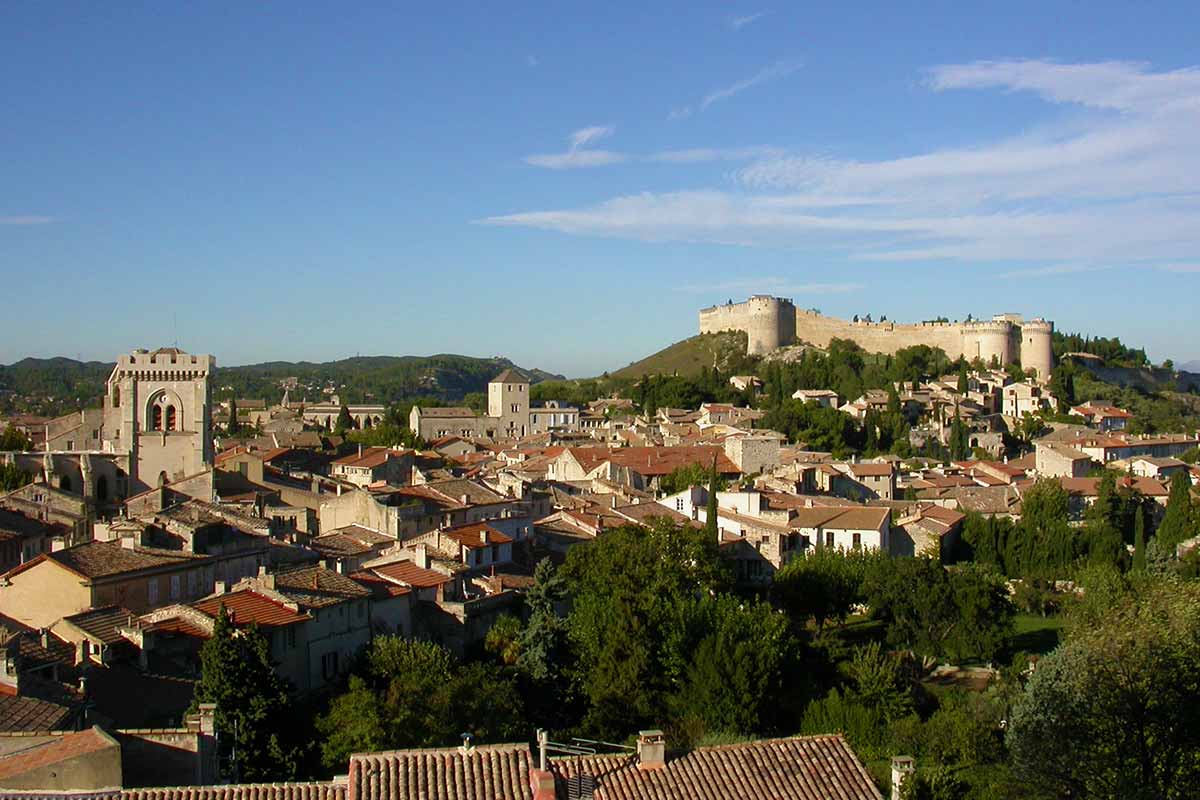
Fort Saint-André
An imposing rampart encircles the summit of Mount Andaon. This beautiful fortress was built in the 14th century under the reign of King John the Good, at the initiative of his predecessor Philip the Fair who founded Villeneuve. It protected the Benedictine abbey and the village of Saint-André. Two twin towers protect the entrance to the fort, the surrounding wall extends over a length of 755 metres. Inside, there are still some buildings from Saint-André Abbey, sold during the Revolution and then demolished, and the Romanesque chapel of Notre-Dame de Belvezet. Fort Saint-André was bought in 1906 by the painter, patron and collector Gustave Fayet and renovated by the poet Elsa Koeberlé and her friend Genia Lioubow. Its heiress Roseline Bacou has created superb classified gardens from which the panorama of Avignon and the Alpilles is splendid. It still belongs to the descendants of the Fayet family.
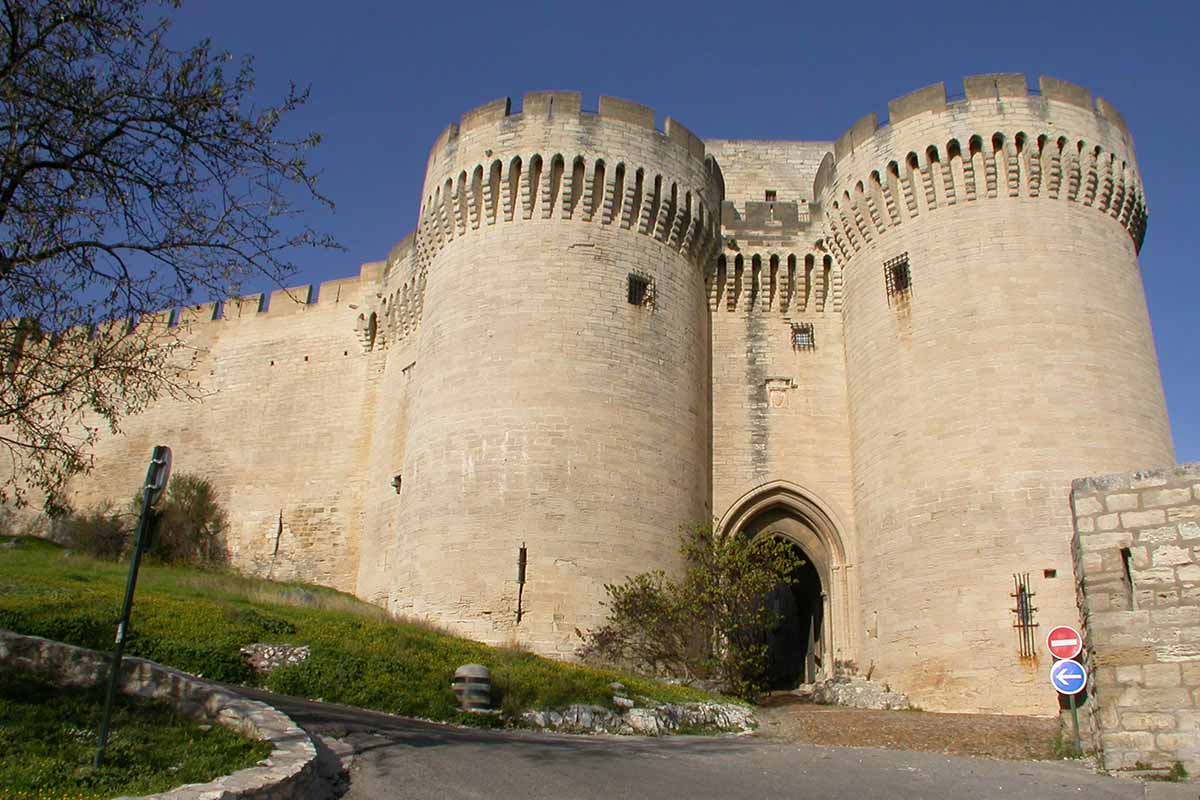
Information and accommodation in Villeneuve-les-Avignon
Selection of B&B near Villeneuve-les-Avignon
To see and to do in Villeneuve-les-Avignon
- la Chartreuse du Val-de-Bénédiction : chartreuse.org
- Church Notre-Dame (14th century)
- Fort Saint André : abbayesaintandre.fr
- Le MuseumPierre de Luxembourg
- La Tour Philippe-le-Bel
- Weekly market le jeudi et le samed matin
- City festival the last weekend of july (4 days)
- Festival d'Avignon
- Feast of St. Mark's Day: a peasant and religious celebration organized by the Brotherhood of St. Mark's: parade, mass, market for regional products, folklore shows. It takes place on the last weekend of April. Website : fetedesaintmarc.com
- Festival du Polar : polar-villeneuvelezavignon.fr
Villeneuve-lĂšs-Avignon official website: villeneuvelesavignon.fr
Coming to Villeneuve-les-Avignon:
GPS coordinates: N 43°58'02'' - E 4°47'48''
Location : altitude 20 mètres, 12 600 inhabitants, 2 km from les Angles, 3 km from Avignon, 12 km from Tavel, 15 km from Aramon, 24 km from the Pont du Gard, 37 km from Uzes , 43 km from Nimes,

![Gard provençal [fr]](/images/version_francais.gif)
![Gard provençal [en]](/images/version_english.gif)

